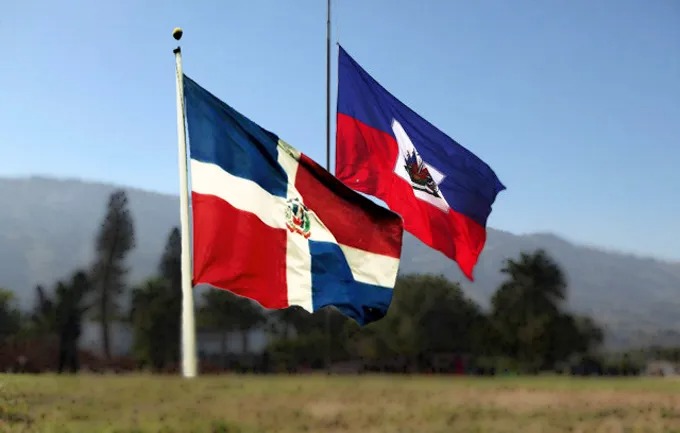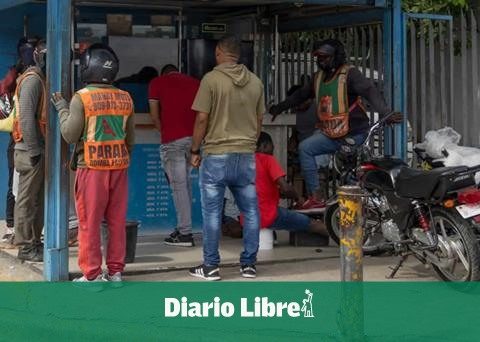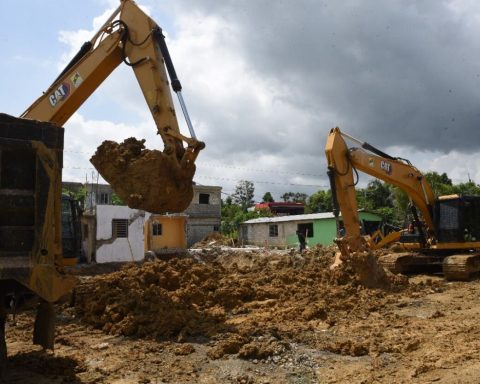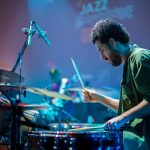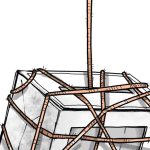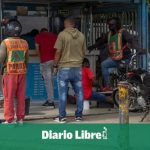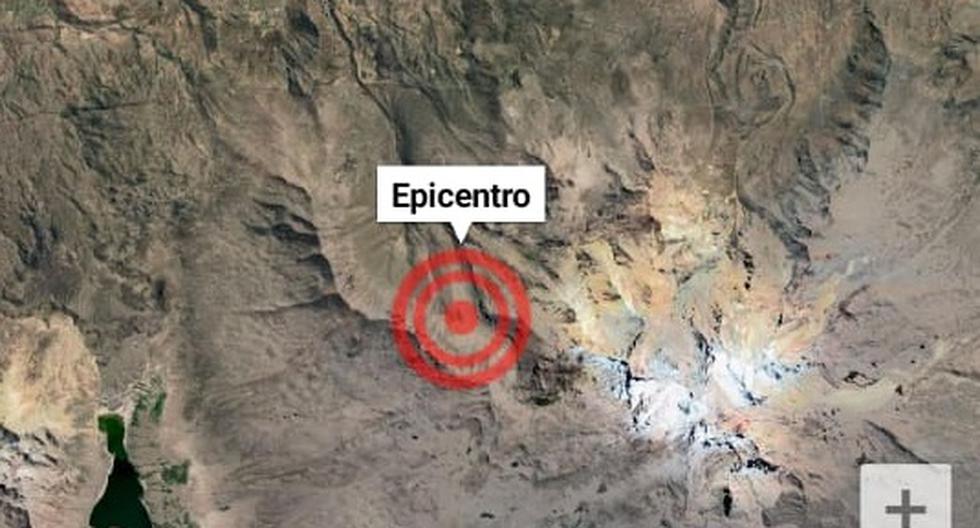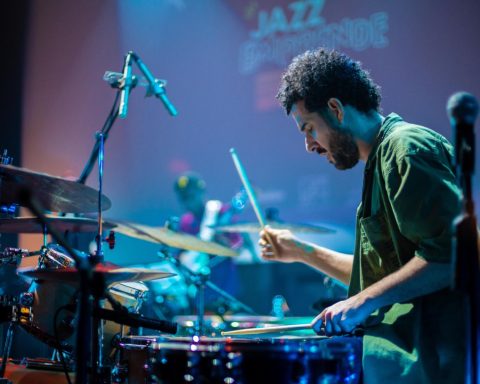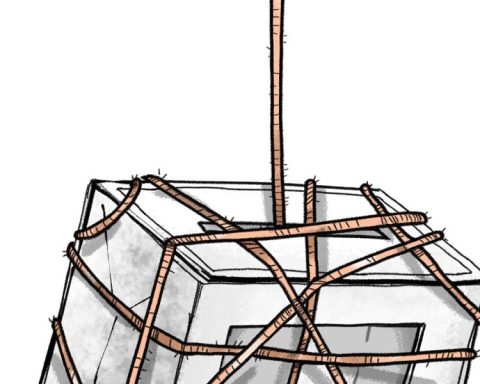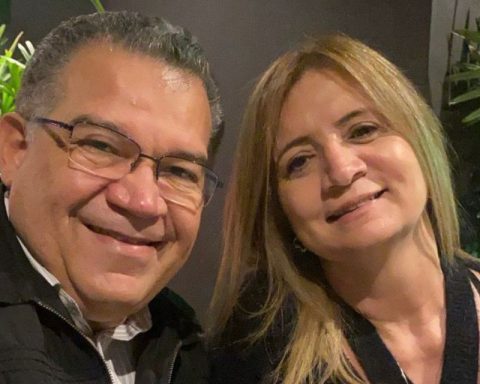Santo Domingo, (EFE) – Artists from various disciplines from the Dominican Republic and Haiti are immersed in the Binational Cultural Dialogue project, presented this Thursday in Santo Domingo, which aims to strengthen mutual understanding and cooperation in artistic and environmental matters.
The initiative, developed by the Haiti Jazz Foundation and the Caracoli association, with the support of the European Union, allows the exchange between artists of the two nations in the field of carnival culture, music, gastronomy, photography or Street art.
The initiative also aims to help protect the natural resources of the island of Hispaniola, shared by Haiti and the Dominican Republic, in order to guarantee its long-term sustainability.
Culture is a way of building bridges between neighbors, because “artists speak the language of art, which has no borders,” the director of the Haiti Jazz Foundation, Milena Sandler, told Efe.
Sandler trusts that the project will serve so that, from other areas, “example of relations between artists” is taken to achieve mutual understanding, as has happened during an artistic residency, the first experience of this binational cultural season, developed in San Cristóbal (South Dominican).
Last January, the Dominican plastic artist Luis Rivas and the Haitian Louvenson Saint Juste brought together ten emerging creators in an art studio to explore new ways of celebrating the traditional carnivals of the two countries.
The carnival puppets that were created as a result of this exchange were made with recycled materials, plastic bags and bottles, glass, fabrics and metals, as well as other waste “that we transform into art” and, later, two pieces participated in the carnival of Jacmel (southern Haiti), Rivas explained in statements to Efe.
“The experience was very interesting, because there are many taboos in both countries, there is a barrier, there are prohibited things, but these are political problems. Art has nothing to do with that, art serves to heal, to educate, to transform people , and with this project we broke many taboos,” he said.
The result has been “very enriching” and Rivas is confident that “art will serve as a bridge to cross that border, fly over it”, contributing to tolerance between two very different cultures and beliefs, despite the fact that two countries share the same island.
In addition to the residence in San Cristóbal, the agenda of activities of the Binational Cultural Dialogue includes street art days, exchanges between gagá groups (musical manifestation of religious content born in the sugar mills), music festivals or gastronomic events.
